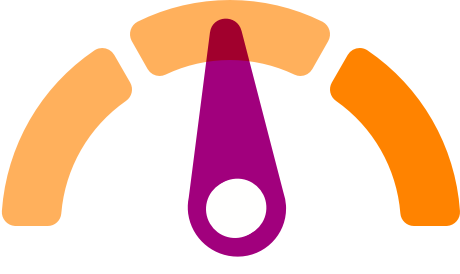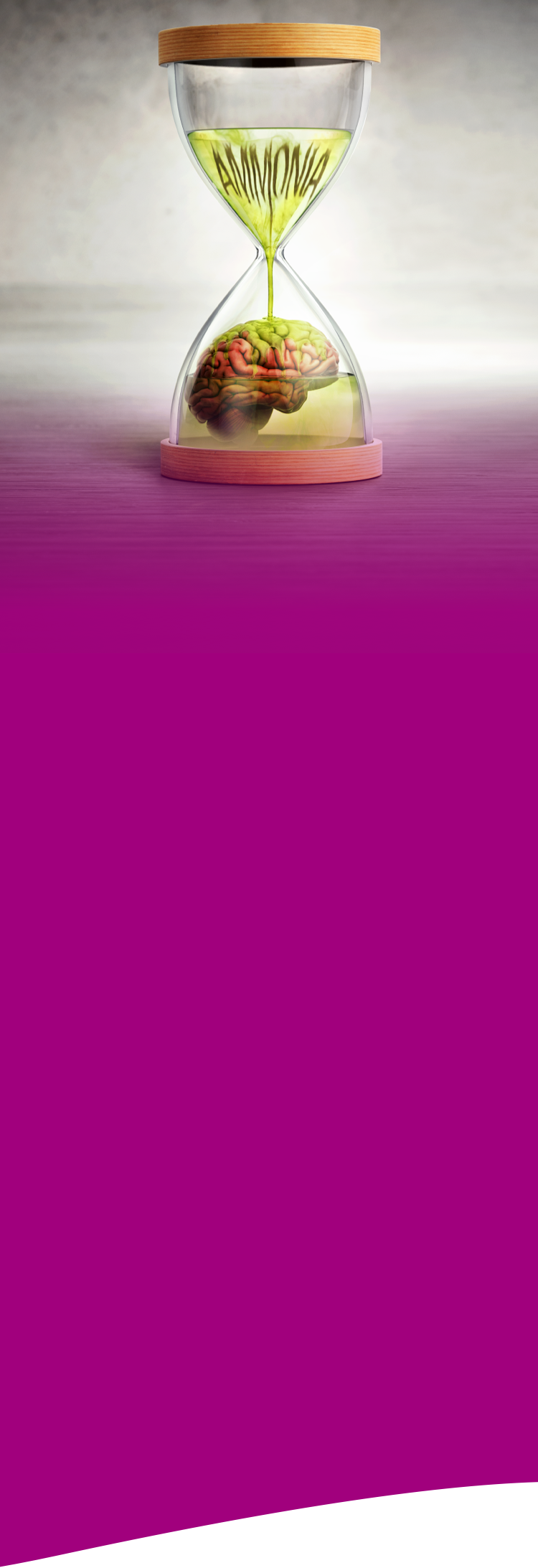
What are UCDs?
Urea cycle disorders (UCDs) are rare
conditions caused
by enzymatic or
amino acid transporter deficiencies.5

Ammonia management is key1,6
Even in asymptomatic patients, sudden or intermittent increases in ammonia levels can cause neurocognitive damage.1,2

Adherence to
current treatments can be challenging3,4
Tolerability, side effects, burdensome regimens, and cost issues can all impede adherence.3,4 The need for more treatment options is widely recognized.1,3,4,6,7

Treatment
options could
help facilitate adherence4,7
Studies have shown that new treatments can impact UCD management.7,8
References
- Enns GM, Porter MH, Francis-Sedlak M, Burdett A, Vockley J. Perspectives on urea cycle disorder management: results of a clinician survey. Mol Genet Metab. 2019;128(1-2):102-108.
- Gropman AL, Prust M, Breeden A, Fricke S, VanMeter J. Urea cycle defects and hyperammonemia: effects on functional imaging. Metab Brain Dis. 2013;28(2):269-275.
- Gerstein MT, Markus AR, Gianattasio KZ, et al. Choosing between medical management and liver transplant in urea cycle disorders: a conceptual framework for parental treatment decision-making in rare disease. J Inherit Metab Dis. 2020;43(3):438-458.
- Shchelochkov OA, Dickinson K, Scharschmidt BF, Lee B, Marino M, Le Mons C. Barriers to drug adherence in the treatment of urea cycle disorders: assessment of patient, caregiver and provider perspectives. Mol Genet Metab Rep. 2016;8:43-47.
- Ah Mew N, Simpson KL, Gropman AL, Lanpher BC, Chapman KA, Summar ML. Urea cycle disorders overview [updated June 22, 2017]. In: Adam MP, Ardinger HH, Pagon RA, et al, eds. GeneReviews® [Internet]. University of Washington; 1993-2022. Accessed March 20, 2022. https://www.ncbi.nlm.nih.gov/books/NBK1217/
- Häberle J, Boddaert N, Burlina A, et al. Suggested guidelines for the diagnosis and management of urea cycle disorders. Orphanet J Rare Dis. 2012;7:32.
- Peña-Quintana L, Llarena M, Reyes-Suárez D, Aldámiz-Echevarria L. Profile of sodium phenylbutyrate granules for the treatment of urea-cycle disorders: patient perspectives. Patient Prefer Adherence. 2017;11:1489-1496.
- Kibleur Y, Guffon N. Long-term follow-up on a cohort temporary utilization authorization (ATU) survey of patients treated with Pheburane (sodium phenylbutyrate) taste-masked granules. Paediatr Drugs. 2016;18(2):139-144.




